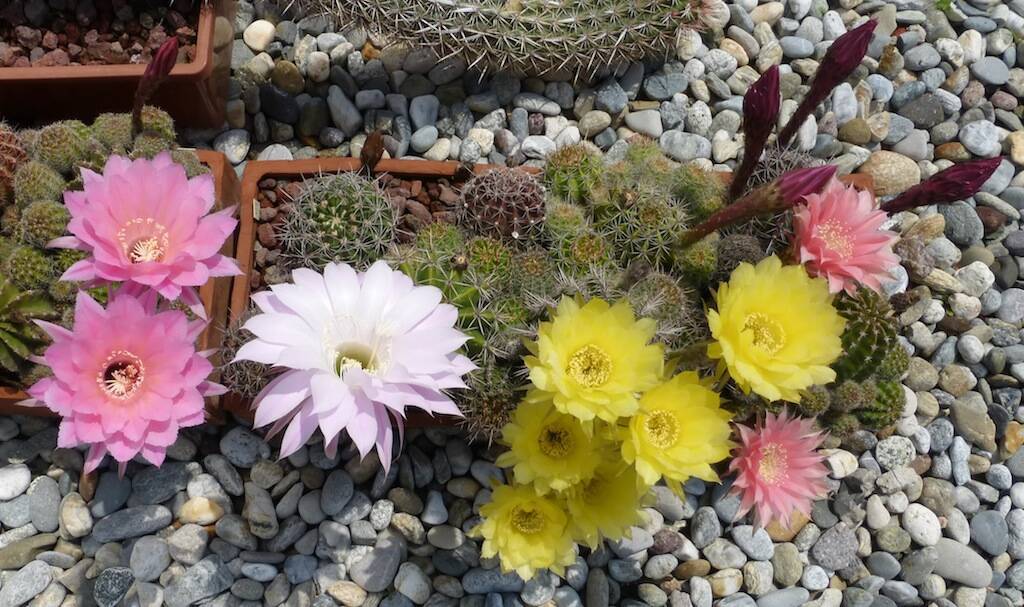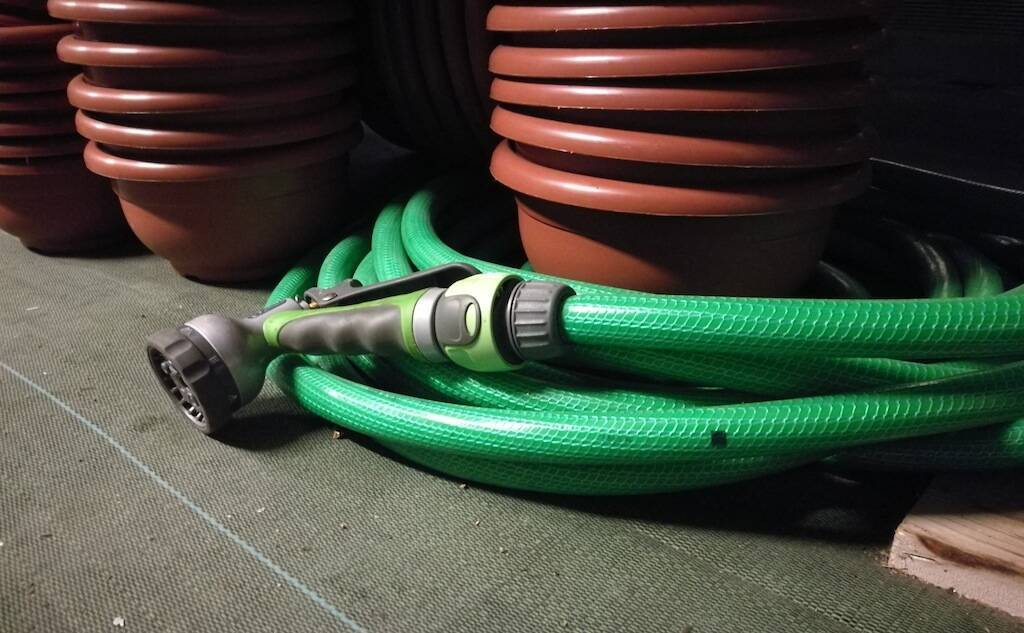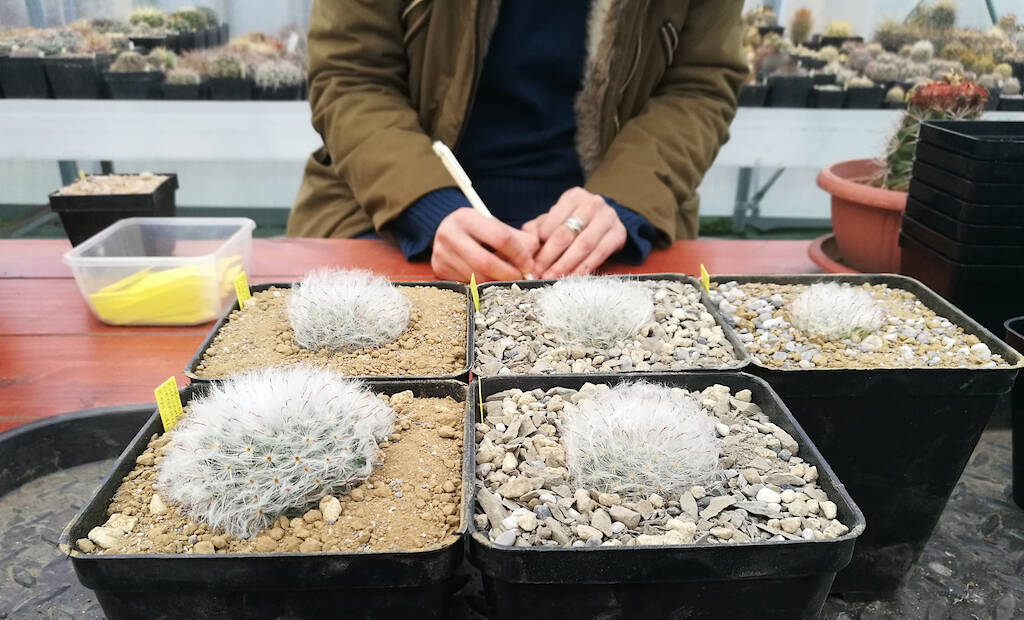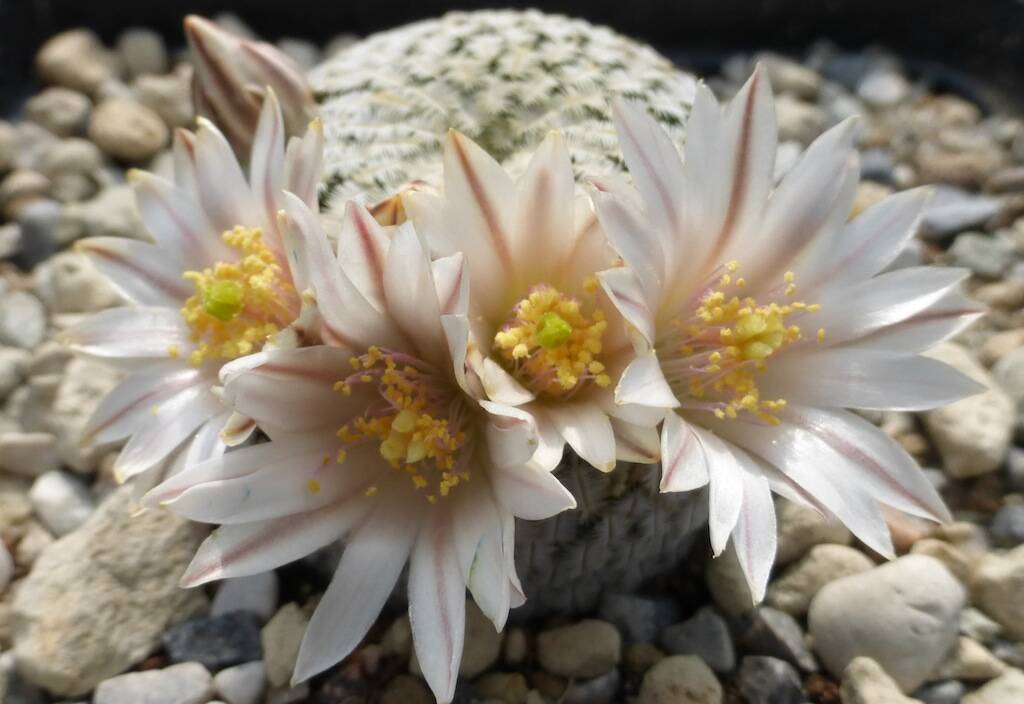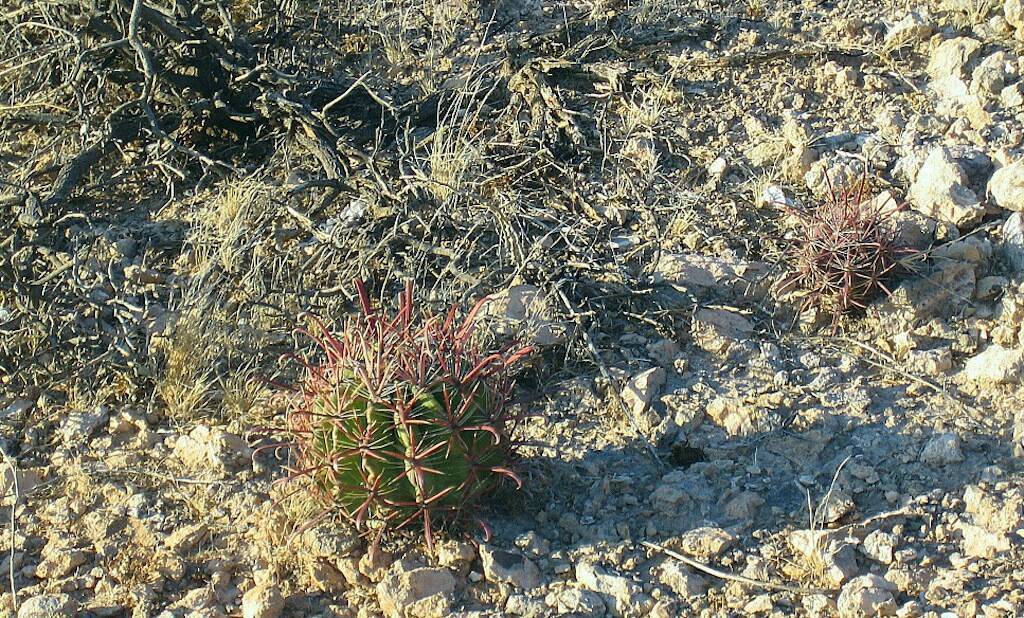First of all: why should we fertilize our cacti and succulent plants? Let’s say right away that fertilization (or fertilisation, or manuring or mineral nutrition) is necessary for any plant grown in pots, since the amount of soil available is limited and, sooner or later, nutrients will begin to run low. Fertilizer nourishes the plant, enriching the soil of those elements which, through the time, are absorbed by the plant or washed away by the waterings. Succulent plants should be regularly fertilized to ensure that the right quantity of nutrients is always available during the growing season. For cacti and succulents, however, generic fertilizers should not be used. In other words, a fertilizer commonly used for ornamental, leafy or fruit plants is not at all appropriate for a cactus plant. It is necessary to resort to specific fertilizers, specially balanced for the succulents. Otherwise, the risk is to irreparably compromise the growth and the physical appearance of the plant, making it weak and radically different from the specimens of the same species that grow in the wild.
In the following article we will go deeper into the subject, let’s see what elements succulents need, how the suitable fertilizer must be composed and how much to fertilize during the year. (…)
Per proseguire nella lettura dell'articolo Accedi o Abbonati
To continue reading the article LogIn or Subscribe


